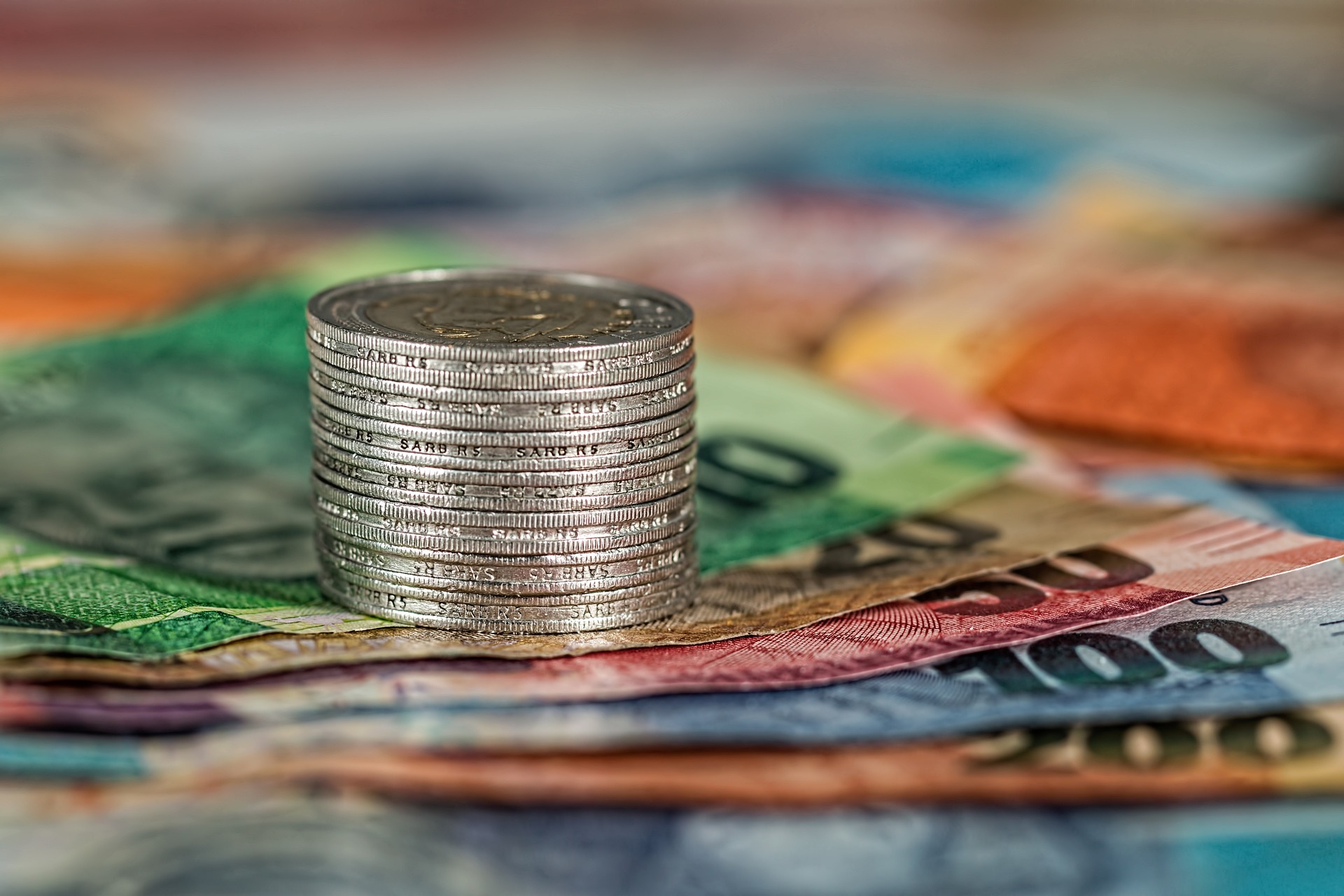How To Improve Your Dividend Investment With Free Cash Flow
How can you tell if a company is likely to keep up its dividend payments, or even raise them?
Conventional ways of measuring the health of dividends may not provide the results you need.
The Dividend Gap
In theory, dividends are meant to be a reflection of the financial health of a company.
They come out of the spare funds not needed for other things, as a reward to shareholders for their support.
Of course, the reality is far more complicated.
Even when they’re struggling, companies may feel motivated or even forced to keep paying dividends, out of fear of how it will look if they stop. Not matching past dividends can create that impression that the company is in trouble and a doubt that it won’t remain a cash cow.
That leads to loss of investor confidence, with predictably unfortunate consequences, so to avoid it the company pays its dividends by going into debt.
As the gap between what’s affordable and what’s paid out builds up, the company saves trouble for the future.
Eventually, those dividends will collapse.
If you want to judge whether a dividend can be maintained, you need another tool to evaluate it.
Earnings Versus Cash
The key to understanding dividends is the difference between cash flow and earnings. Most of the time, cash flow and reported earnings are closely correlated.
That means that, though the ability to pay dividends depends on cash flow, those dividends’ longevity is determined by earnings.
But there are some important differences between cash flow and earnings. The most important is around depreciation and capital expenditure.
When capital is expended on a fixed asset, this doesn’t go on the income statement as an expense, even though it’s a big chunk of cash gone.
Instead, it enters the balance sheet as an asset, and its cost spread across the following years’ accounts as depreciating value.
In theory, that depreciation will cover the cost of replacing the asset next time a new one is needed, so the cash balances out.
In practice, this is seldom the case. Inflation and price variations mean that replacements usually cost more than the depreciation money set aside to cover them. In periods of expansion, bigger versions or more of them may be needed.
And, of course, when new assets are bought for the first time, a big chunk of cash becomes unavailable without the balance books looking any weaker.
Reported earnings are almost always higher than the available cash.
They don’t reflect what a company can afford or whether its dividends are sustainable.
Calculating Free Cash Flow
If earnings are an imperfect indicator for dividends, what’s the alternative?
Free cash flow provides a better measure of whether a company can afford to keep paying the dividends on offer.
Free cash flow is an attempt to evaluate the funds that are going spare within the company.
This takes into account expenses such as interest on loans and the payment of taxes. Critically, it replaces depreciation with capital expenditure as and when it happens, for a more accurate impression of what’s going on.
Free cash flow takes more work to establish, but it’s worth it.
The problems that hit Tesco in 2013 would have been identifiable to anyone using free cash flow, as the company had paid out £8 billion in dividends over the previous decade while only having £1 billion in free cash to cover them, and so had to rely on debt to cover these costs.
As shoppers moved to other stores, and a period of expansion ended, dividends dramatically dropped.
Danger Signs
Because it incorporates one-off large capital expenditures, free cash flow can see significant shifts from year to year. It’s better to look at it over ten years and see how the company behaves. Over that period, there are two signs to look for:
- How often did the company pay out dividends larger than its free cash flow?
- How often did its free cash flow rise?
The first of these provides a measure of how reliably the company can keep paying dividends.
The more often the dividends exceed cash flow, the more likely it is that they’re heading for trouble and the dividends will soon dry up.
The second provides a good measure of whether dividends will keep rising, whatever the company is doing now.
If free cash flow rises in most years, then the company will probably be able to keep pushing dividends up. If not, then they’re likely to stall, as the money funding dividends runs out.
By looking at free cash flow instead of reported earnings and by looking out for these two signs, you can set yourself up with stronger stocks and more reliable dividends in the future.
Paul Connolly
Paul Connolly has been a journalist for more than 20 years, as a reporter and editor for Argus Media, Reuters, The Times, Associated Newspapers and The Guardian. He has covered Islamic Finance for Reuters in the 1990s. Paul has since helped launch three newspapers, as well as reported from Tokyo, Los Angeles and Stockholm.





